The opportunities and dangers of the tween skincare craze.
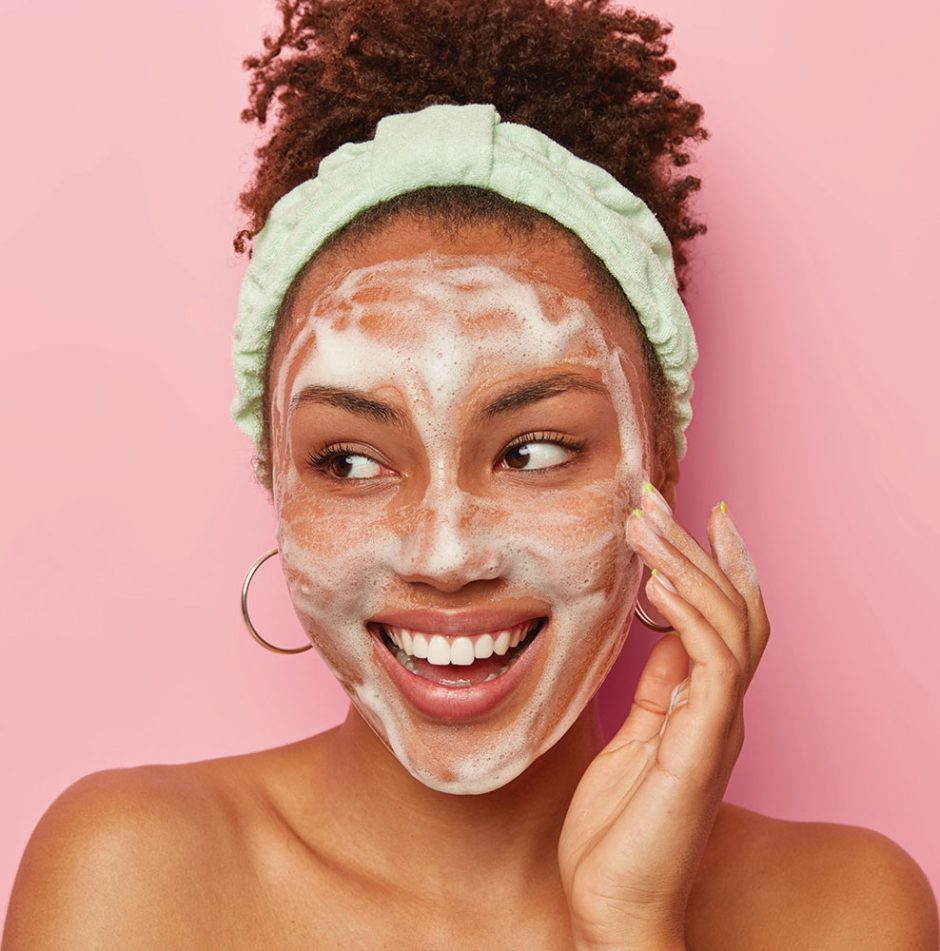 Tween beauty influencer Evelyn Unruh (@evelyngrwmofficialk) has amassed 5.2 million likes on TikTok. Her 391,200 followers log on to watch her “Get Ready With Me” videos, where she spills the tea on things that annoy her, shares shopping hauls, and sounds off while doing her skincare and makeup routine for the world to see. She expertly shares favorite products from brands like Drunk Elephant, Supergoop, Glow Recipe, and Saie.
Tween beauty influencer Evelyn Unruh (@evelyngrwmofficialk) has amassed 5.2 million likes on TikTok. Her 391,200 followers log on to watch her “Get Ready With Me” videos, where she spills the tea on things that annoy her, shares shopping hauls, and sounds off while doing her skincare and makeup routine for the world to see. She expertly shares favorite products from brands like Drunk Elephant, Supergoop, Glow Recipe, and Saie.
Her multistep routine results in a full face of makeup on any average day. She is just one of many tween beauty influencers capturing a generation on TikTok, Instagram, and YouTube. More traditional forms of media have gotten on the bandwagon, as well. In May, Teen Vogue shared a lengthy article about the benefits of “skin slugging,” a process of moisturizing with petroleum overnight. The site’s shopping section is full of editor beauty picks (spanning brands like Sol de Janeiro and NARS), “dermatologist-approved” products, and roundups like AAPI beauty brands for Asian American and Pacific Islander Heritage Month.
Indeed, the tween skincare craze is reaching a fever pitch, and the proof is in the dollars. Piper Sandler’s Spring 2024 survey, “Taking Stock with Teens,” reveals that although teen spending was down year over year, beauty spending increased. Core beauty reached its highest level since 2018, with teens spending an average of $339 in a year on products. Sephora and Ulta are top beauty retailers, with e.l.f. continuing its dominance as the No. 1 cosmetics brand.
Main Squeeze
CeraVe study polls parents on pimples.
In a new survey, CeraVe identified acne as the top skin concern of tweens and teens. “As a pediatric dermatologist, acne is one of the most common topics I address with my patients and their parents as kids start to experience their first breakouts,” confirms board-certified pediatric dermatologist Dr. Latanya Benjamin. “Each patient’s acne experience is different, and caring for acne-prone skin can start at an early age, so I encourage everyone to make sure the ingredients are age-appropriate.”
According to the data, parents of kids ages 10–17 say acne is the top skin concern, and 74% of parents report their kids are talking to them about acne. More than half (54%) say they go to a dermatologist as the first resource, while 42% start with the pediatrician. But despite parents’ best efforts, 61% of CeraVe’s respondents report their children participate in skincare trends they see online, and 70% say they’d like more education about what products are healthy and beneficial for their children.
More than half (54%) of teens have experienced acne, yet only 18% utilize products with benzoyl peroxide, and 17% use salicylic acid. And, acne is a huge challenge to kids’ self esteem. One in five parents say their child has asked to skip school or a social activity due to a breakout. And 45% of parents agree that social media has contributed to teens feeling self conscious about their skin and appearance.
A key finding for retailers: teen beauty consumers still prefer to shop in-store (85%) instead of online. Both Ulta and Sephora boast a 60% loyalty membership penetration. For children and tween retailers who want to get into the skincare game, education is key.
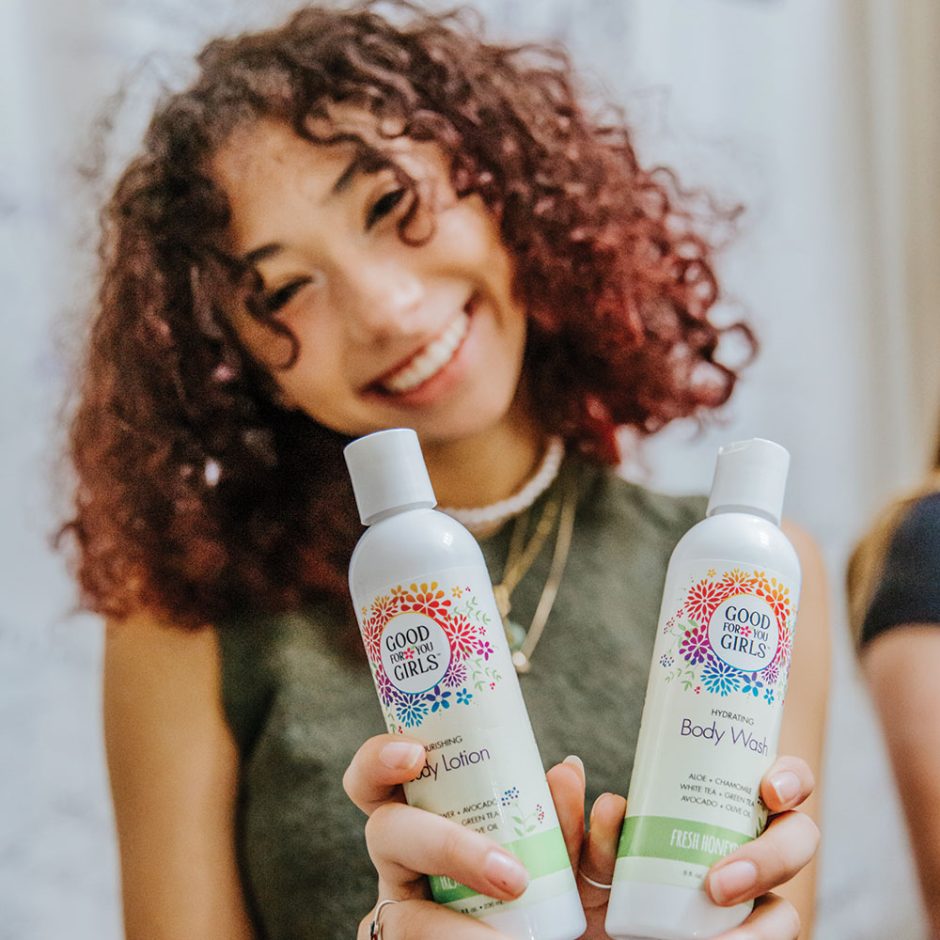
Good For You Girls
“It comes down to education, and really drilling down your target audience and age group and backing it with science and data,” offers Liza Amlani, principal and co-founder of Retail Strategy Group. “And it’s not just about the ingredients and what’s in the product…Where are those products being made? Are they ethical? Socially responsible? Sustainable? This could really sway the customer whether they buy into something or not, as some of those values start quite young.”
To really get into the mind of the tween consumer, meet them where they are, Amlani explains. “Where is your customer hanging out? Where are they consuming information? Where are they being influenced?” she says. “Tweens are watching YouTube, but TikTok is where they’re doing a lot of the research; #teenageskincare and #tweenskincare have 49 million views.”
For example, Maya Hughes, a 14-year-old beauty lover from New York, lists Tower 28 SOS facial spray, Benefit bronzer, Rare Beauty blush, Summer Fridays lip gloss, and Sol de Janeiro perfume among her favorite products. Twice a day, she washes her face with Cetaphil face wash and applies Tower 28 SOS spray and a REFY lip mask.
The increased interest in tween skincare can’t be totally attributed to TikTok. According to Kimberly Grustas, founder of clean tween skincare line Good For You Girls, kids are needing products earlier. “The average age of puberty is 11.2. In the 1960s, it was 14. Breast development is now almost two years earlier than puberty,” she explains. “Girls are hungry for product. They want in, and they’re hitting puberty earlier, so they have a need for it.”
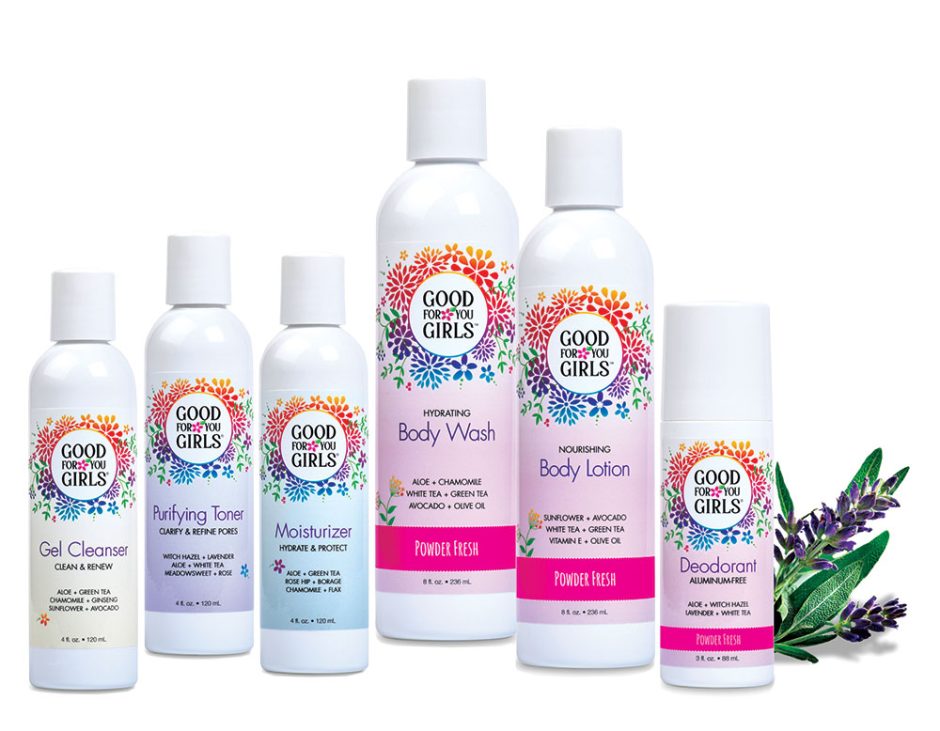
Good For You Girls
The more young consumers are being influenced, there is more danger for products that will ultimately hurt their skin (which Grustas points out is really a child’s largest organ). She lists red-flag ingredients including alcohol, dye, synthetic fragrance, preservatives, sodium/sulfate designed to make things foam and bubble, and anything marketed as anti-aging. “They don’t need anti-aging. They need care and treatment of their skin,” she explains. “Your skin is always striving for that balance — the more you strip it, the more oil you produce.”
Good For You Girls uses 100% natural fragrances, despite the expense, and formulations designed to clear pores, balance PH, and reintroduce moisture. “One of the fears is, girls change product so quickly. They are more susceptible to skin confusion,” she adds. “Consistency and simplicity in the routine is best.”
Elise Kandrac, founder of gender-neutral and environmentally responsible teen skincare line SKWAD agrees that consistency is key to promoting skin health now and down the road. “Teen skin has a ‘memory,’ whereby how you treat it today will always show up in the future. For example, using super high levels of acid at a young age will increase the level of pigmentation you may have in the future. It is for this reason that we need to balance the treatment of sensitive teen skin with long-term skin health, too.”
According to Amlani, the burden of educating consumers about appropriate products for their age (and often combating misinformation) falls on the retailer: “Bigger brands like Sephora play a huge role in the teen market. Are we being clear about what types of rules we put forward in terms of who is using anti-aging products, for example?” And as Grustas points out, an educated teenage consumer can lead to a smart shopper later in life. “We want them to be ingredient-label savvy when they outgrow us and look for products as adults,” she says.
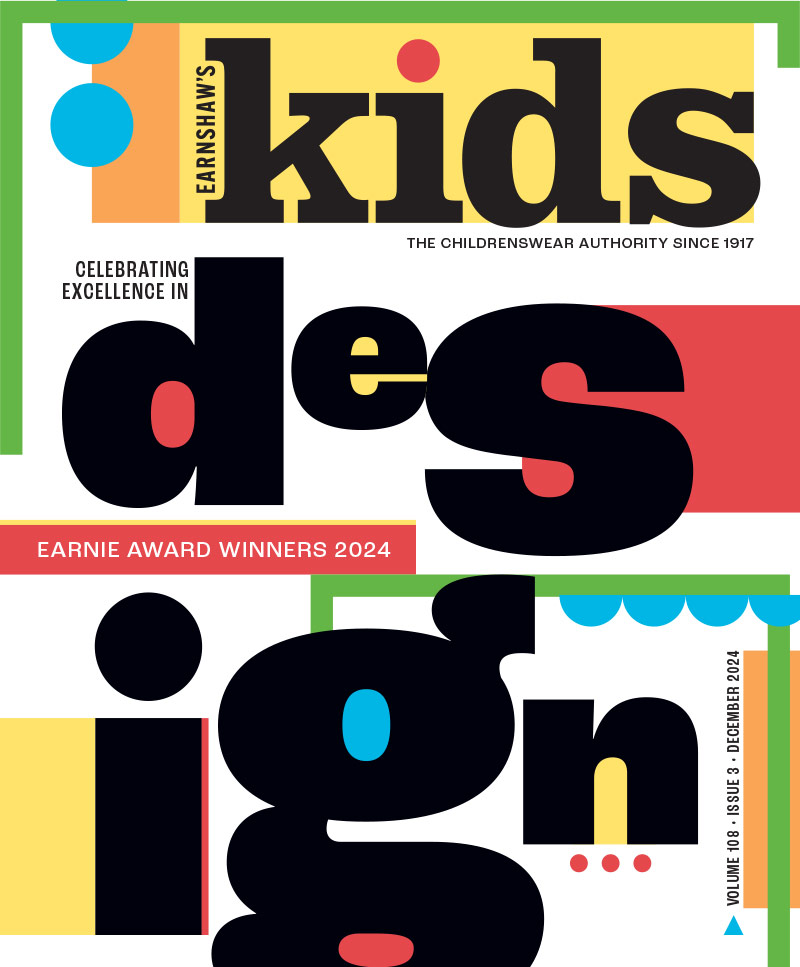
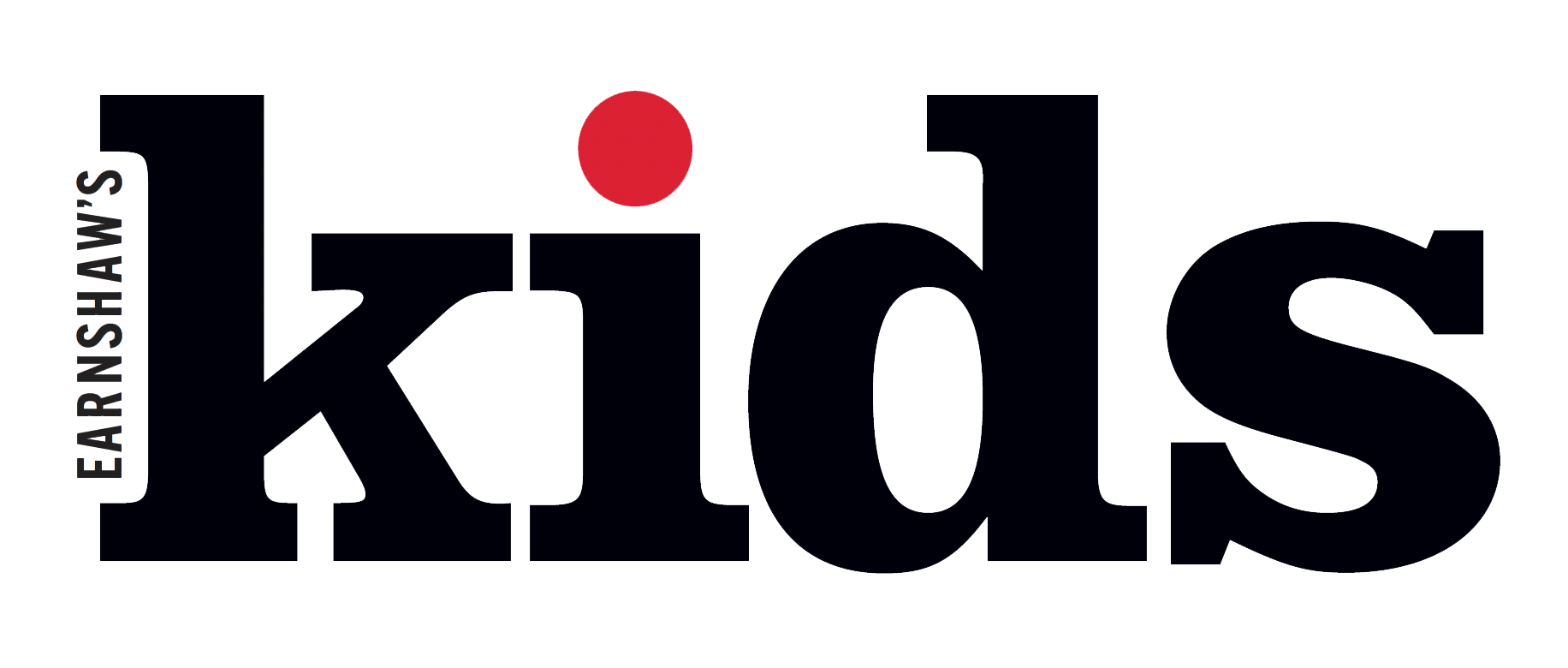

Leave a Comment: